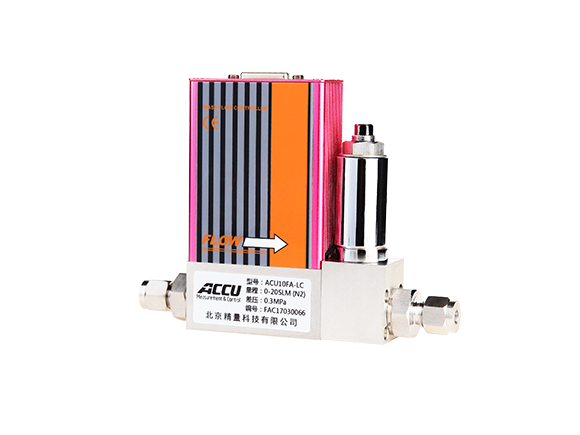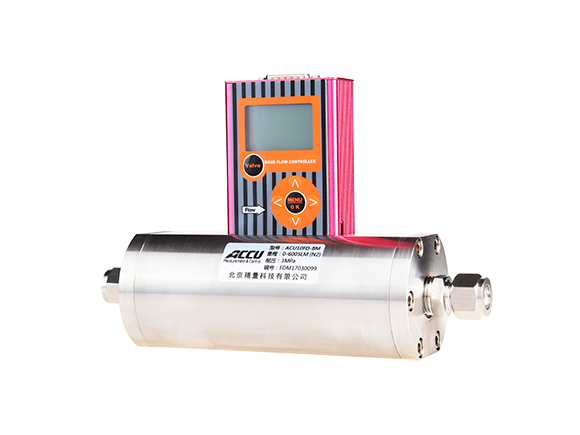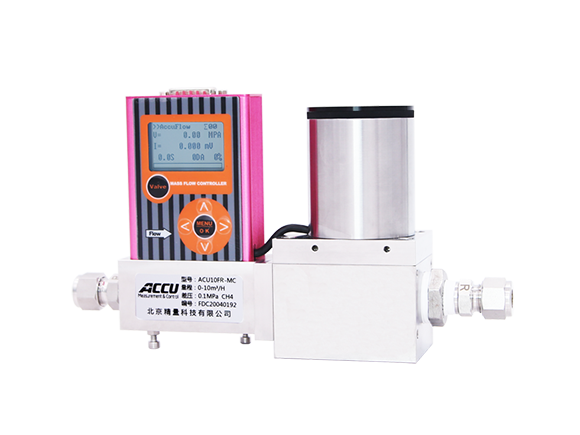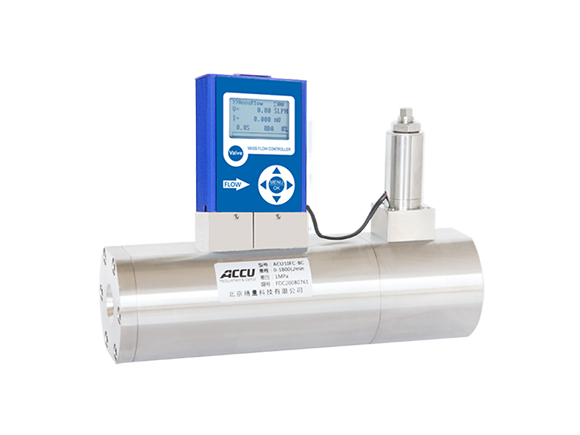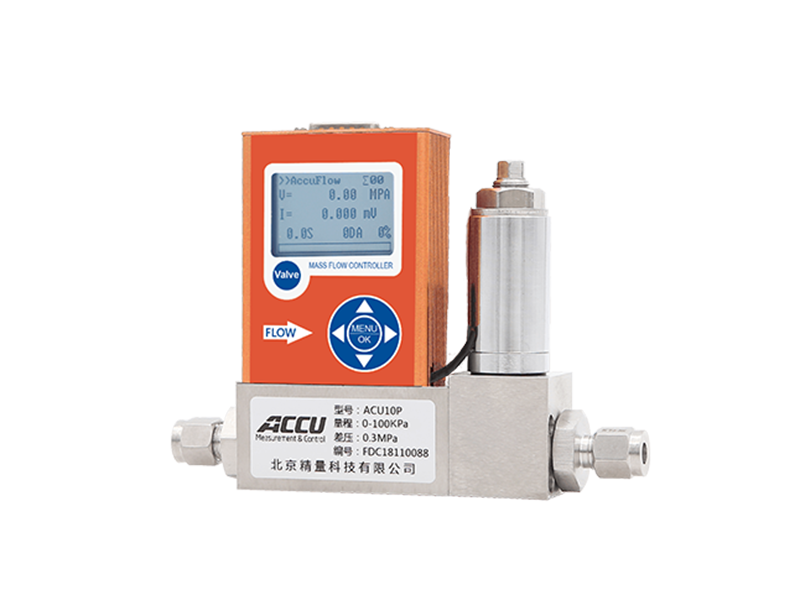Common connection methods for flow meters
Flow meters are used to measure the flow rate of fluids, including gases, liquids, and steam. Different types of flow meters have been developed to meet various needs, such as rotor flow meters, electromagnetic flow meters, vortex flow meters, and orifice plate flow meters. Each type of flow meter has its own operational requirements and installation methods. This article briefly introduces the different connections of flow meters.
I. Flange Connection
Flange connection is probably the most common connection method. The ACU100L pipeline thermal mass flow meter and ACU10FD thermal mass flow controller are both available with flange connections; simply secure the flanges at both ends to the pipe flanges with bolts.
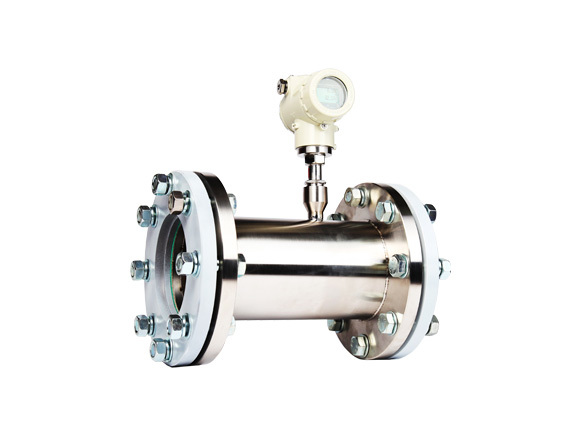
II. Threaded Connection
Some flow meters use threaded connections, including glass rotor flow meters, gold rotor flow meters, and turbine flow meters.
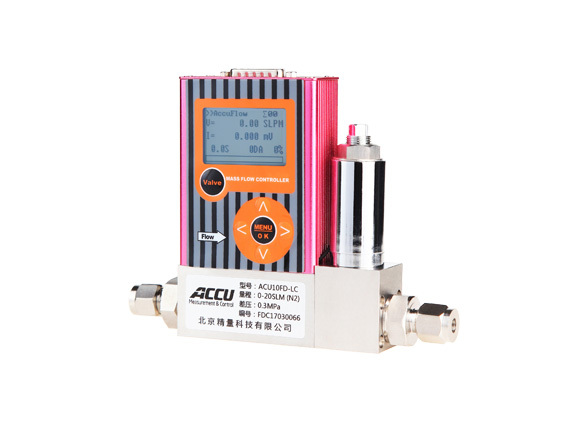
III. Clamp Connection
Flow meters without flanges often use this connection method. They can be clamped to both sides of the pipe base with bolts, making this a relatively simple connection method. Many vortex flow meters use this connection method.
IV. Sanitary Clamp Connection
This connection is now used for some small-diameter pipes with low operating pressures. This connection allows for quick installation and removal of the flow meter, and makes daily cleaning and maintenance convenient. Suitable for liquids with uniform, liquid-solid two-phase suspensions, such as mud, slurry, and pulp.
V. Other Types
In addition to the above, there are many other types of connectors. Some miniature flow meters use compression fittings, pagoda connectors, latex tube connectors, quick-connect connectors, and quick-release connectors.
Previous page
Next page
Previous page:
Next page:
Related Products


